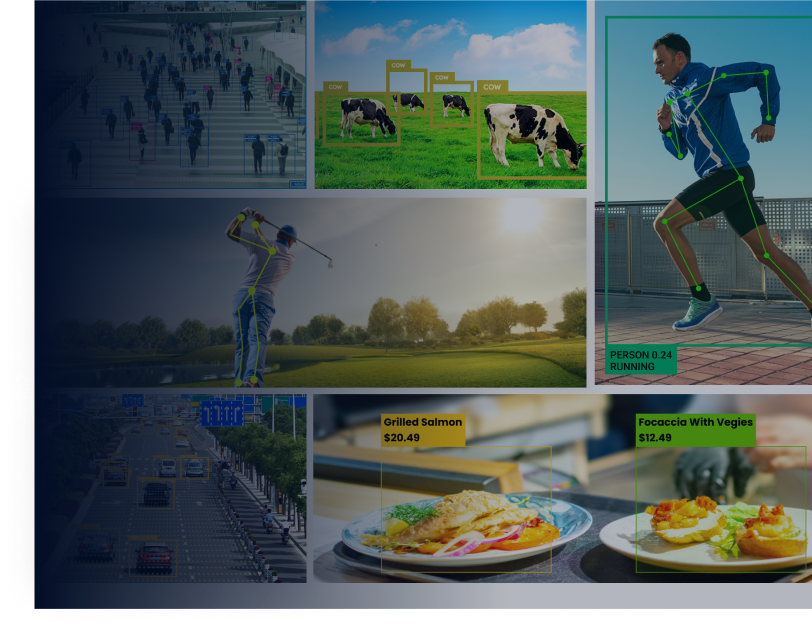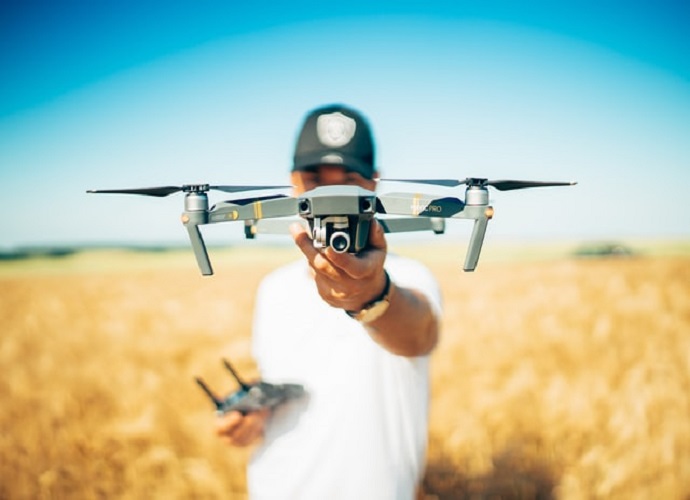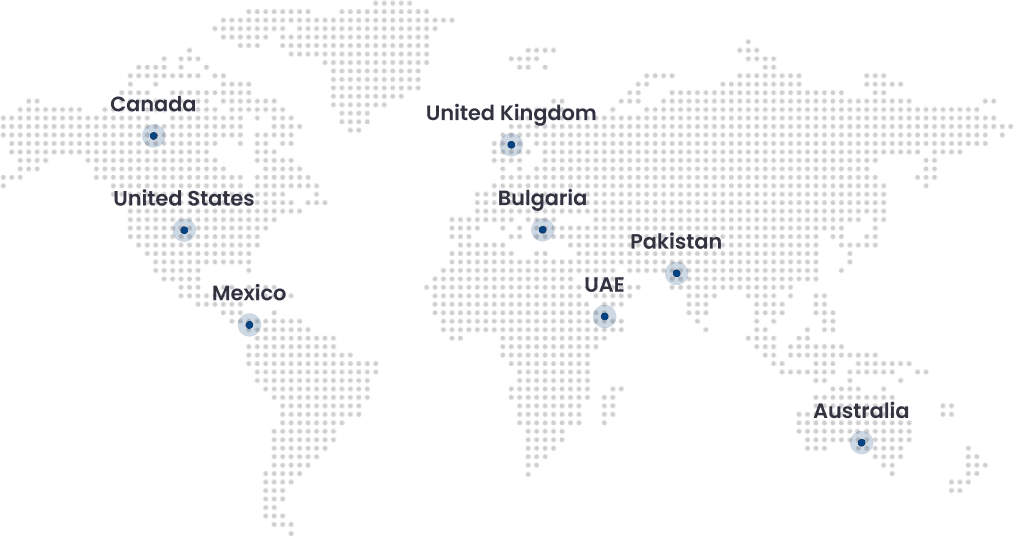Drones, or unmanned aerial vehicles (UAVs), have become integral tools in industries like agriculture, construction, logistics, defense, and media. But how exactly do drones fly, turn, and operate so precisely? Understanding the technology behind drones—from their hardware to their advanced software and AI capabilities—reveals just how far this innovation has come.
The Core Mechanics: How Do Drones Fly?
At a fundamental level, drones fly by generating lift through high-speed rotors. These rotors are controlled by onboard systems that manage their rotation speed to stabilize and maneuver the drone through the air. Each drone typically operates along three main axes:
- Pitch (forward and backward tilt)
- Roll (side to side tilt)
- Yaw (rotation left or right)
By adjusting the speed of specific propellers, drones can ascend, descend, turn, or hover in place. This ability to make real-time adjustments is made possible by a flight controller, often considered the drone’s “brain.”

How Do Drones Turn and Maneuver?
Turning—also known as yawing—is handled by creating imbalances in rotor speed. For instance, in a quadcopter, two rotors spin clockwise and two spin counterclockwise. To turn, the drone slows one set while speeding up the opposite set, producing torque and rotating the aircraft.
Combined with pitch and roll control, this allows drones to perform agile and precise maneuvers.
The Technology Behind Robotic Drones
So, how do robotic drones work? These are drones with enhanced autonomy, often deployed in complex environments like disaster zones, farms, or construction sites. Key technologies include:
- GPS modules for real-time geolocation and autonomous flight paths
- Obstacle avoidance sensors such as LiDAR, ultrasonic, or stereo cameras
- Autopilot systems that follow pre-programmed routes
- Telemetry systems that send flight and sensor data back to base stations
These robotic drones can perform tasks with minimal human intervention, from delivering packages to surveying remote land.
Drone Software: The Digital Engine Behind UAVs
Beyond hardware, it’s the drone software that truly elevates modern UAVs. This includes:
- Flight Control Systems (FCS): These interpret pilot commands and sensor data to stabilize the drone. Popular platforms include PX4, ArduPilot, and DJI’s N3/Naza systems.
- Ground Control Software: Applications like Mission Planner, QGroundControl, and DJI GS Pro allow users to set flight paths, geofences, and waypoints via map-based interfaces.
- Data Management Software: These tools help collect, organize, and interpret the data drones gather. Cloud platforms like DroneDeploy or Pix4D transform raw footage and sensor input into 2D maps, 3D models, and analytical reports.
- Firmware: Each drone has embedded firmware that directly controls how the motors respond to inputs, manage battery levels, and interact with software.
How Drone Technology Works with AI
With the integration of artificial intelligence, drones can go beyond flying and filming—they can interpret the world around them. Here’s how:
- Object Detection & Recognition: AI algorithms can identify cars, people, crops, or structural damage in real time using computer vision.
- Pattern Recognition: In agriculture, AI can analyze crop health by identifying patterns in aerial images, helping detect disease or irrigation issues.
- Autonomous Navigation: AI-driven drones can dynamically reroute themselves based on weather conditions, terrain, or obstacle detection without human input.
- Predictive Analytics: In industrial inspections, AI helps detect signs of wear and tear before they lead to equipment failure by analyzing high-resolution images over time.
- Facial Recognition and Surveillance: Used in security or search-and-rescue scenarios, AI can identify missing persons or track movements in large crowds.
Real-World Applications of Drone Insights
When equipped with the right software and AI tools, drones become powerful data collection platforms. Below are some commercial applications of drones across various industries:
- Smart agriculture: Monitoring soil conditions, crop health, and yield estimates
- Construction and surveying: Creating 3D models of sites, monitoring progress, and improving safety
- Disaster response: Mapping affected areas, locating survivors, and assessing infrastructure damage
- Traffic and infrastructure management: Counting vehicles, detecting traffic flow patterns, or inspecting bridges and roads
Drone Adoption Across Key U.S. Industries
In the United States, drone technology has rapidly become a critical asset across the construction, manufacturing, and agriculture industries. Construction firms use drones to conduct aerial site surveys, monitor project progress, and generate accurate 3D models of job sites—all of which streamline planning and improve safety.
In manufacturing, drones are deployed to inspect hard-to-reach infrastructure such as roofs, pipelines, and production equipment, reducing downtime and minimizing risks to human workers. Meanwhile, the agriculture sector increasingly relies on drones for precision farming, using aerial imagery and AI-powered analysis to monitor crop health, detect pest infestations, and optimize irrigation.
These industries recognize the unmatched value drones provide in collecting real-time data and actionable insights, enabling smarter decision-making and operational efficiency at scale.
Why Folio3 is Your Ideal AI Drone Software Partner
Folio3 is a trusted leader in delivering advanced technology solutions, with deep expertise in AI-powered drone software. We specialize in developing intelligent systems that enhance drone capabilities for businesses worldwide, enabling full data collection, analysis, and operational workflow automation. Whether you need aerial mapping, 3D modeling, object tracking, or real-time analytics, Folio3’s AI-driven software transforms your drone into a smart, data-gathering tool.
Our solutions are designed to help industries like construction, agriculture, logistics, and infrastructure make faster, smarter decisions, driven by accurate, actionable insights from the sky.
Drone AI could be advantageous in the automation of various operations. At Folio3, we provide everything from aerial data collection, livestock management, terrain mapping, solar panel inspection, and turbine inspection for enhanced functionalities and flawless automation.
Final Thoughts
So, how does drone technology work? The answer lies in the seamless integration of sophisticated hardware, intelligent software, and cutting-edge AI. From stabilizing mid-air to interpreting visual data, drones have grown from basic flying gadgets into autonomous systems capable of real-time analysis and decision-making.
For countries like the U.S., where infrastructure, logistics, agriculture, and defense are all high-stakes domains, drones have shifted from innovation to necessity. As software and AI continue to evolve, drones are set to become even smarter, faster, and more autonomous, delivering actionable insights from the skies.

Dawood is a digital marketing pro and AI/ML enthusiast. His blogs on Folio3 AI are a blend of marketing and tech brilliance. Dawood’s knack for making AI engaging for users sets his content apart, offering a unique and insightful take on the dynamic intersection of marketing and cutting-edge technology.









